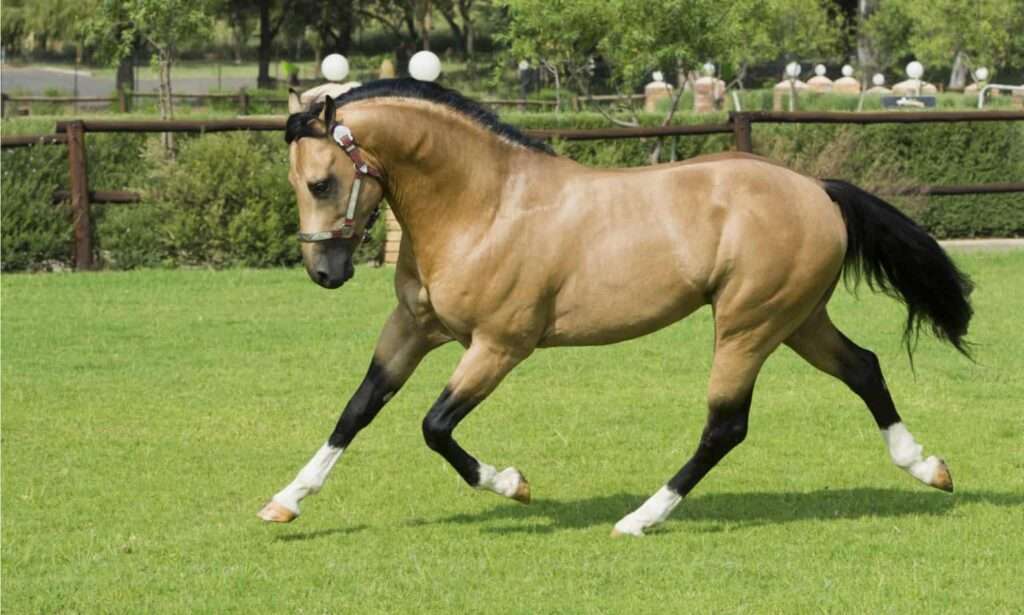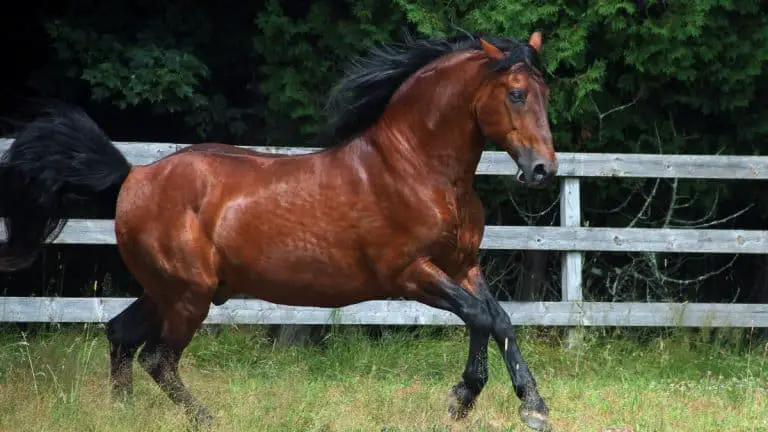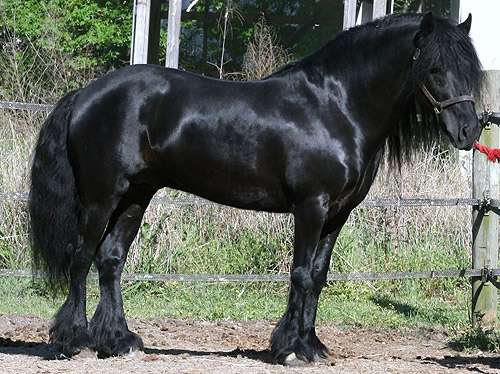
Size
1.45 – 1.55 meters.
Physical Attributes
The American Quarter Horse, sometimes known as the Quarter Horse, is a breed of horse that specializes at short-distance sprinting. The Quarter Horse is distinguished by its compact, short, refined head with a straight profile and its muscular, well-muscled frame with a broad chest and rounded, powerful hindquarters.
Color
The most typical shade is sorrel, a reddish red that most other breed registries refer to as chestnut.
Characteristics and Genetics
The American Quarter Horse Association, which registered nearly three million American Quarter Horses who are still alive in 2014, is the world’s largest breed registry. The American Quarter Horse is currently the most popular breed in the United States. The American Quarter Horse is well known for its performance in rodeos, horse shows, and as a working ranch horse in addition to its fame as a racehorse.
On the Eastern seaboard of what is now the United States, imported English Thoroughbred horses were initially crossed with various local horses in the 1600s. Early foundation sires of the Quarter horse breed included Steel Dust, born in 1843; Shiloh (or Old Shiloh), born in 1844; Old Cold Deck, born in 1862; Lock’s Rondo, one of many “Rondo” horses; Old Billy, also born in 1880; Traveler, a stallion of unknown breeding, known to have been in Texas by 1889; and Peter McCue, born in 1895 but with a disputed pedigree and registered.
The American Quarter Horse is employed in a variety of various equestrian pursuits, including driving, show jumping, dressage, hunting, and English disciplines.
As Pet

Conditions & Setup for Caring for an American Quarter Horse
The majority of specialists advise using a circle with a circumference of 50–60 ft. A 60–65-foot pen, however, will lessen the strain on a horse’s inner joints. Traditionally, the pen was constructed of wood by ranch hands. The majority of modern owners, meanwhile, use metal panels. Each panel is roughly 12 feet wide, and can add or remove any to change the size of the pen. Owner may also adjust where the pen is located using this system. A 50-foot pen typically needs 13 panels, however a 65-foot pen will need 17 or more.
The panels may be made of solid metal or may contain openings like fence posts. Solid panels are preferable since a horse is less likely to jump out and because it won’t get its hooves caught in the metal like it might on a fence style.
Breeding
Buying a stallion and charging a fee to breed with other mares is a simple way to start American Quarter Horse breeding for profit. With this method, you won’t need to put much work or understanding into the procedure; the mares will approach the stallion spontaneously. A person will need to be knowledgeable about animal breeding and genetics if they decide to rear both the stallion and the mare.
Behavior & Temperament
The American Quarter Horse is a patient and straightforward breed. It’s the ideal choice for beginning riders and is adaptable enough to handle any duty owner might ask of a horse. It’s difficult to spook and has the energy to ride all day. The horse will become more at ease among people if they have a lot of socialization in their early years. This horse is simple to break in without much bucking, and lots of groundwork can help the horse develop trust in person so he can obey instructions more readily.
Nutrition and Diet
Like all horses, American Quarter Horses need a balanced diet that includes water, minerals, vitamins, proteins, and fats. It’s critical to keep in mind that each horse is an individual with unique nutritional requirements, just like people. Although breeds have a lot in common, there isn’t one diet that works for all Quarter Horses.
A combination of hay and grain is fed to most domesticated horses. A veterinarian should always be consulted in order to create a suitable diet for each horse because the types of hay available differ from location to region. Age, body condition score, and activity level of the horse must all be taken into account. In moderation, treats like carrots and apples are acceptable.
Table





